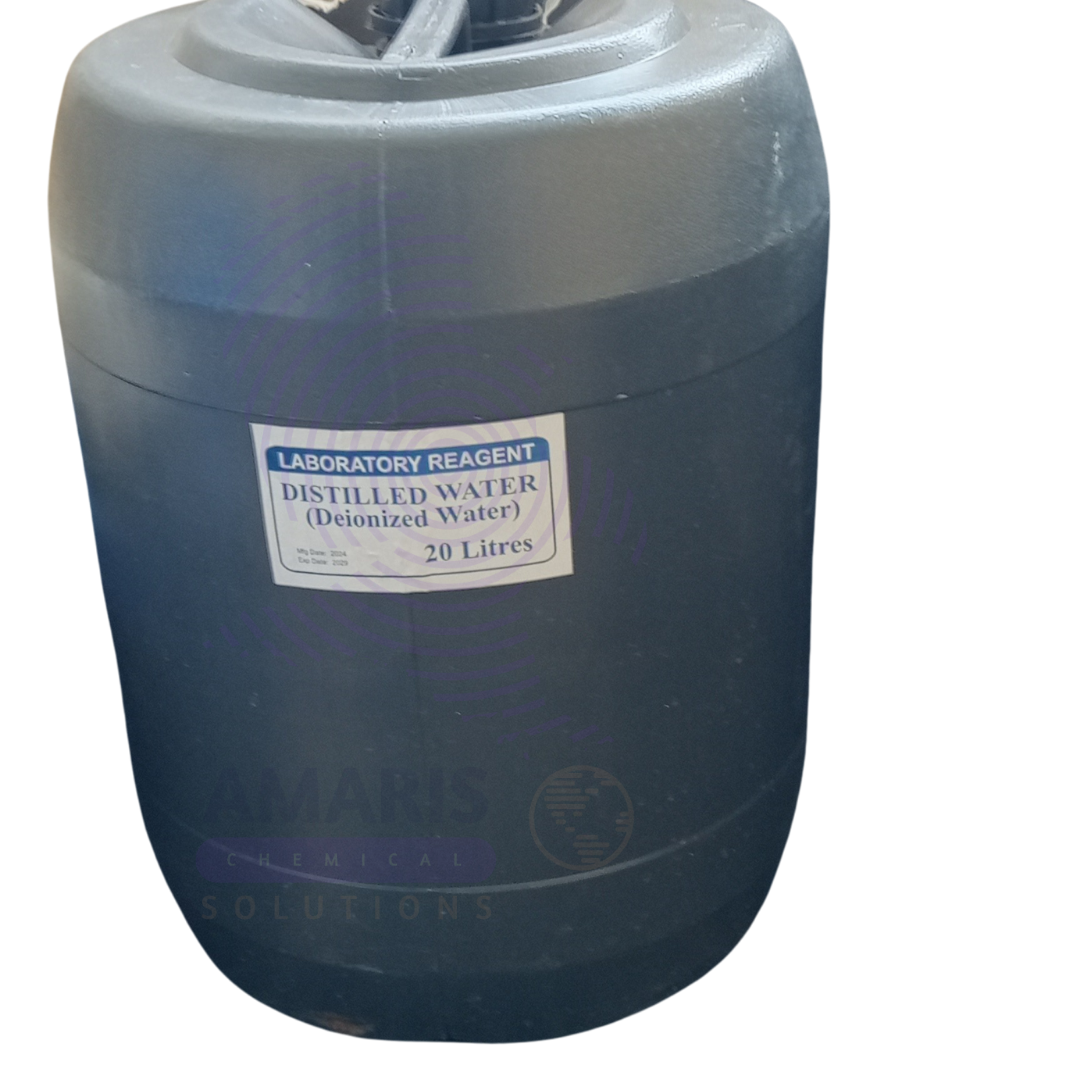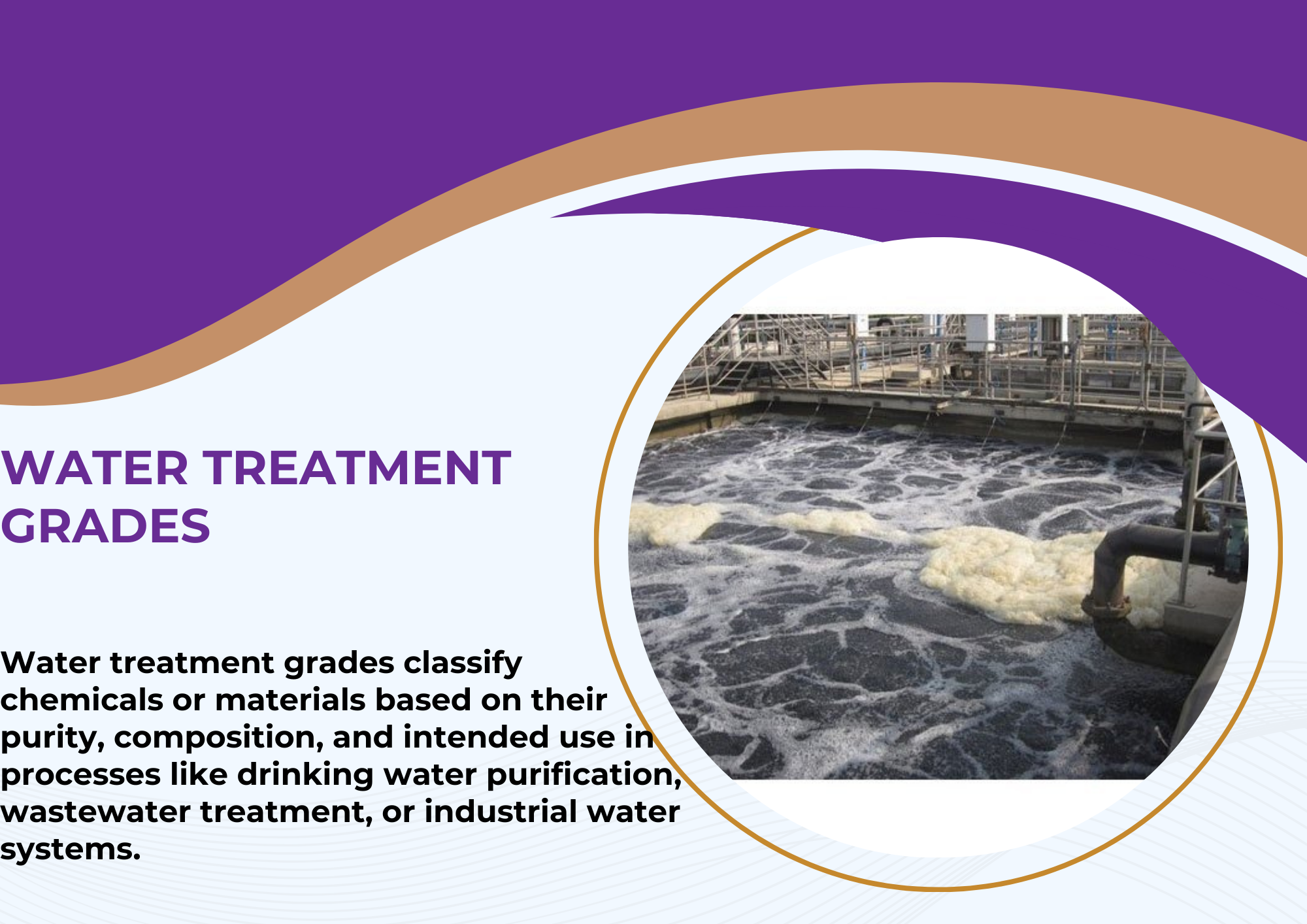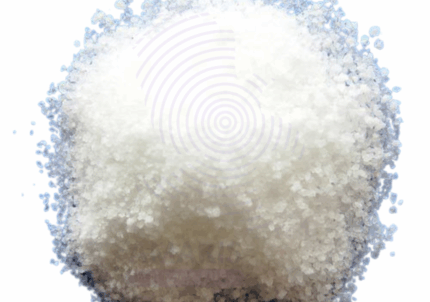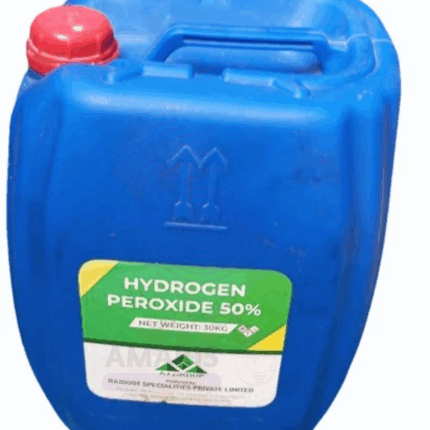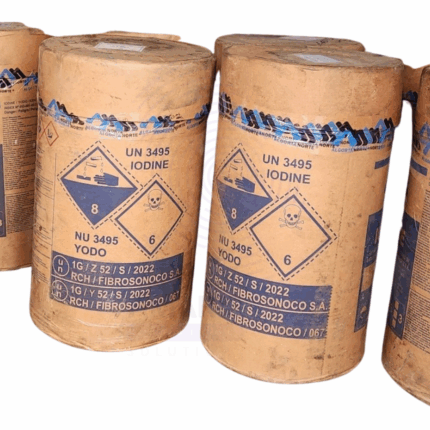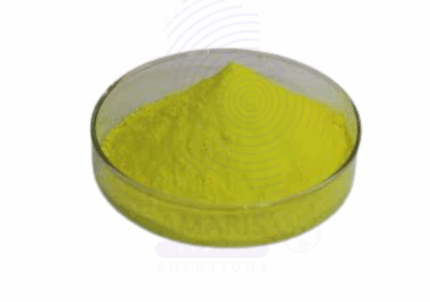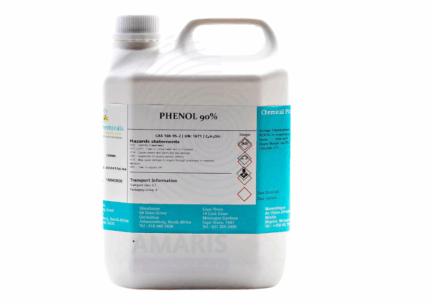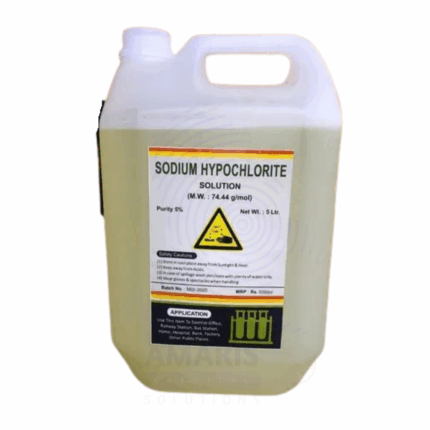
Distilled Water
$ 1.00 Original price was: $ 1.00.$ 0.33Current price is: $ 0.33.
Distilled Water is purified water that has been processed through distillation, a method involving evaporation and subsequent condensation to remove impurities, salts, minerals, and organic matter. This results in ultra-pure, clear, odorless, and tasteless water free of dissolved solids and contaminants. Distilled water is non-conductive, neutral in pH under ideal storage, and chemically stable. It is widely used across pharmaceutical, laboratory, medical, industrial, and consumer applications where high water purity is critical.
Distilled Water
Primary Uses
Pharmaceuticals & Healthcare
- Used as a solvent and diluent in the preparation of injections, eye drops, and oral medications.
- Essential in the manufacture of sterile pharmaceutical products and intravenous fluids (after terminal sterilization).
- Utilized for equipment rinsing and cleaning in sterile processing environments.
- Integral in wound care, surgical procedures, and laboratory diagnostics.
- Supports CPAP machines and nebulizers to avoid mineral buildup and contamination.
Laboratory & Research
- Provides a chemically neutral and consistent water source for experiments and solution preparation.
- Used in analytical chemistry, molecular biology, and cell culture to avoid introducing variables from ions or impurities.
- Prevents interference in sensitive tests such as spectrophotometry, chromatography, and PCR.
- Used in cleaning and rinsing of glassware and instruments to prevent contamination from residues.
Cosmetics & Personal Care
- Serves as a base ingredient in creams, lotions, serums, and cleansers.
- Prevents microbial contamination and mineral reaction with active cosmetic ingredients.
- Used to enhance the texture, absorption, and purity of skincare formulations.
- Found in hair products to improve product performance and consistency.
Automotive & Batteries
- Used as battery water in lead-acid automotive and industrial batteries to prevent mineral scale and extend battery life.
- Employed in engine cooling systems to avoid corrosion and mineral deposits in radiators.
- Included in windshield washer fluids to prevent streaks and residue on glass.
Industrial & Manufacturing
- Used in high-precision manufacturing such as electronics, semiconductors, and optics.
- Supports boiler feedwater systems and autoclaves to prevent scaling and system contamination.
- Integral to quality control environments requiring ultrapure water.
- Used in the mixing of high-purity chemicals and formulations.
Food & Beverage Industry
- Utilized for preparation of food-grade products requiring impurity-free water.
- Employed in quality assurance labs and product development where consistent water quality is essential.
- Used in water-based beverages like distilled water-based teas or for cleaning and rinsing purposes.
Secondary Uses
Medical Devices
- Used in autoclaves and sterilizers to ensure residue-free sterilization.
- Integral in hydrotherapy, dialysis machines, and surgical instrument cleaning.
Household Applications
- Used in irons, humidifiers, and vaporizers to prevent scaling and mineral deposits.
- Preferred for aquarium top-offs to avoid introducing minerals that alter water chemistry.
- Employed in home brewing and cosmetic DIYs where water purity matters.
Photography
- Used in photographic film processing and darkroom solutions to prevent staining and residue.
Cleaning Applications
- Used to rinse delicate surfaces such as lab glassware, jewelry, and electronics without leaving mineral spots.
- Employed in high-end car detailing and final rinses for a spot-free finish.
Basic Identification Attributes
- Chemical Name (IUPAC): Water
- Common/Trade Name: Distilled Water
- CAS Number: 7732-18-5
- HS Code: 2853.90.10 (for chemical-grade distilled water)
- Molecular Formula: H₂O
- Synonyms:
- Purified Water (when conforming to pharmacopeial specifications)
- Aqua destillata
- Demineralized Water (not technically the same, but often related)
Physical & Chemical Properties
- Physical State: Clear, colorless liquid
- Odor: Odorless
- Melting Point: 0°C (32°F)
- Boiling Point: 100°C (212°F) at 1 atm
- Solubility: Miscible with all common solvents
- pH: Neutral (approx. 5.5–7 due to dissolved CO₂)
- Conductivity: Extremely low (typically <10 µS/cm)
- Stability: Chemically stable under ambient conditions
- Impurities: Practically free from organic, inorganic, and microbial contaminants
Safety & Hazard Attributes
- Hazard Class (GHS): Not classified as hazardous
- Toxicity: Non-toxic; safe for human and animal use
- Exposure Limits: Not applicable
Storage & Handling Attributes
- Storage Conditions: Store in clean, sealed containers away from contamination sources
- Container Type: HDPE bottles, glass containers, stainless steel vessels (for high-purity storage)
- Shelf Life: Indefinite if stored properly and sterile; generally 2 years for packaged products
- Handling Precautions: Avoid contamination through contact with unclean tools or containers
Regulatory & Compliance Attributes
- Meets specifications for USP, EP, BP (when labeled as “Water for Injection” or “Purified Water”)
- Approved for use in food and pharmaceuticals globally
- Compliant with WHO, FDA, and REACH regulations depending on application
Environmental & Health Impact
- Ecotoxicity: No environmental hazard; safe for disposal
- Persistence: Fully biodegradable; part of natural water cycle
- Bioaccumulation: Not applicable
Carcinogenicity/Mutagenicity: Not applicable
-
Safety Handling Precautions
PPE Required (in industrial or sterile settings):
- Gloves (to maintain product sterility)
- Safety goggles (if risk of splashing)
- Clean lab coat or gown (for sterile zones)
Handling Guidelines:
- Use sterile tools and containers to avoid contamination
- Avoid contact with non-sterile surfaces if water is to be used in medical or lab environments
Storage Measures:
- Keep tightly sealed and away from direct sunlight
- Use containers that do not leach contaminants (e.g., HDPE, glass)
- Avoid exposure to airborne particles in cleanroom or sterile environments
Hygiene Practices:
- Wash hands before handling for sterile applications
- Keep dispensing tools clean and disinfected
- Do not reuse opened containers in medical/pharma environments without microbial control
First Aid Measures
- Inhalation: No adverse effects expected
- Skin Contact: No irritation expected
- Eye Contact: No irritation expected; flush with water if any discomfort occurs
- Ingestion: Safe; no harmful effects expected in normal quantities
Firefighting Measures
- Fire Hazards: Non-flammable; will not support combustion
- Extinguishing Media: Not applicable (use media appropriate to surrounding fire)
- Special Precautions: None
Decomposition Products: None


 Preservatives(food)
Preservatives(food) Flavor Enhancers
Flavor Enhancers Acidulants
Acidulants Sweeteners
Sweeteners Antioxidants
Antioxidants Colorants(food)
Colorants(food) Nutraceutical Ingredients (food)
Nutraceutical Ingredients (food) Nutrient Supplements
Nutrient Supplements Emulsifiers
Emulsifiers
 Collectors
Collectors Dust Suppressants
Dust Suppressants Explosives and Blasting Agents
Explosives and Blasting Agents Flocculants and Coagulants
Flocculants and Coagulants Frothers
Frothers Leaching Agents
Leaching Agents pH Modifiers
pH Modifiers Precious Metal Extraction Agents
Precious Metal Extraction Agents
 Antioxidants(plastic)
Antioxidants(plastic) Colorants (Pigments, Dyes)
Colorants (Pigments, Dyes) Fillers and Reinforcements
Fillers and Reinforcements Flame Retardants
Flame Retardants Monomers
Monomers Plasticizers
Plasticizers Polymerization Initiators
Polymerization Initiators Stabilizers (UV, Heat)
Stabilizers (UV, Heat)
 Antifoaming Agents
Antifoaming Agents Chelating Agents
Chelating Agents Coagulants and Flocculants
Coagulants and Flocculants Corrosion Inhibitors
Corrosion Inhibitors Disinfectants and Biocides
Disinfectants and Biocides Oxidizing Agents
Oxidizing Agents pH Adjusters
pH Adjusters Scale Inhibitors( water)
Scale Inhibitors( water)
 Antioxidants(cosmetic)
Antioxidants(cosmetic) Emollients
Emollients Fragrances and Essential Oils
Fragrances and Essential Oils Humectants
Humectants Preservatives
Preservatives Surfactants(cosmetic)
Surfactants(cosmetic) Thickeners
Thickeners UV Filters
UV Filters
 Fertilizers
Fertilizers Soil Conditioners
Soil Conditioners Plant Growth Regulators
Plant Growth Regulators Animal Feed Additives
Animal Feed Additives Biostimulants
Biostimulants Pesticides (Herbicides, Insecticides, Fungicides)
Pesticides (Herbicides, Insecticides, Fungicides)
 Active Pharmaceutical Ingredients (APIs)
Active Pharmaceutical Ingredients (APIs) Excipients
Excipients Solvents(pharmaceutical)
Solvents(pharmaceutical) Antibiotics
Antibiotics Antiseptics and Disinfectants
Antiseptics and Disinfectants Vaccine Adjuvants
Vaccine Adjuvants Nutraceutical Ingredients (pharmaceutical)
Nutraceutical Ingredients (pharmaceutical) Analgesics & Antipyretics
Analgesics & Antipyretics
 Analytical Reagents
Analytical Reagents Solvents(lab)
Solvents(lab) Chromatography Chemicals
Chromatography Chemicals Spectroscopy Reagents
Spectroscopy Reagents microbiology-and-cell-culture-reagents
microbiology-and-cell-culture-reagents Molecular Biology Reagents
Molecular Biology Reagents Biochemical Reagents
Biochemical Reagents Inorganic and Organic Standards
Inorganic and Organic Standards Laboratory Safety Chemicals
Laboratory Safety Chemicals Specialty Laboratory Chemicals(Special Laboratory Equipment)
Specialty Laboratory Chemicals(Special Laboratory Equipment)
 Demulsifiers
Demulsifiers Hydraulic Fracturing Fluids
Hydraulic Fracturing Fluids Scale Inhibitors(oil)
Scale Inhibitors(oil) Surfactants(oil)
Surfactants(oil) Drilling Fluids
Drilling Fluids
 Dyes and Pigments
Dyes and Pigments Bleaching Agents
Bleaching Agents Softening Agents
Softening Agents Finishing Agents
Finishing Agents Antistatic Agents
Antistatic Agents
 Admixtures
Admixtures Waterproofing Agents
Waterproofing Agents Sealants and Adhesives
Sealants and Adhesives Curing Compounds
Curing Compounds Concrete Repair Chemicals
Concrete Repair Chemicals Anti-Corrosion Coatings
Anti-Corrosion Coatings
 Surfactants(cleaning)
Surfactants(cleaning) Builders
Builders Enzymes
Enzymes Solvents (Cleaning)
Solvents (Cleaning) Fragrances
Fragrances
 Electronic Chemicals
Electronic Chemicals Catalysts
Catalysts Lubricants
Lubricants Photographic Chemicals
Photographic Chemicals Refrigerants
Refrigerants Automotive chemicals
Automotive chemicals Pyrotechnic Chemicals
Pyrotechnic Chemicals
 Biodegradable Surfactants
Biodegradable Surfactants Bio-based Solvents
Bio-based Solvents Renewable Polymers
Renewable Polymers Carbon Capture Chemicals
Carbon Capture Chemicals Wastewater Treatment Chemicals
Wastewater Treatment Chemicals
 Pigments
Pigments Solvents(paint)
Solvents(paint) Specialty Coatings
Specialty Coatings Binders/Resins
Binders/Resins Additives
Additives Driers
Driers Anti-Corrosion Agents
Anti-Corrosion Agents Functional Coatings
Functional Coatings Application-Specific Coatings
Application-Specific Coatings
 Fresh Herbs
Fresh Herbs Ground Spices
Ground Spices Whole Spices
Whole Spices Spice Blends
Spice Blends Dried Herbs
Dried Herbs
 Leavening Agents
Leavening Agents Dough Conditioners
Dough Conditioners Flour Treatments
Flour Treatments Fat Replacers
Fat Replacers Decoratives
Decoratives Preservatives(baking)
Preservatives(baking)
 Plasticizers & Softeners
Plasticizers & Softeners Reinforcing Agents
Reinforcing Agents Adhesion Promoters
Adhesion Promoters Vulcanizing Agents
Vulcanizing Agents Antidegradants
Antidegradants Blowing Agents
Blowing Agents Fillers & Extenders
Fillers & Extenders Accelerators & Retarders
Accelerators & Retarders